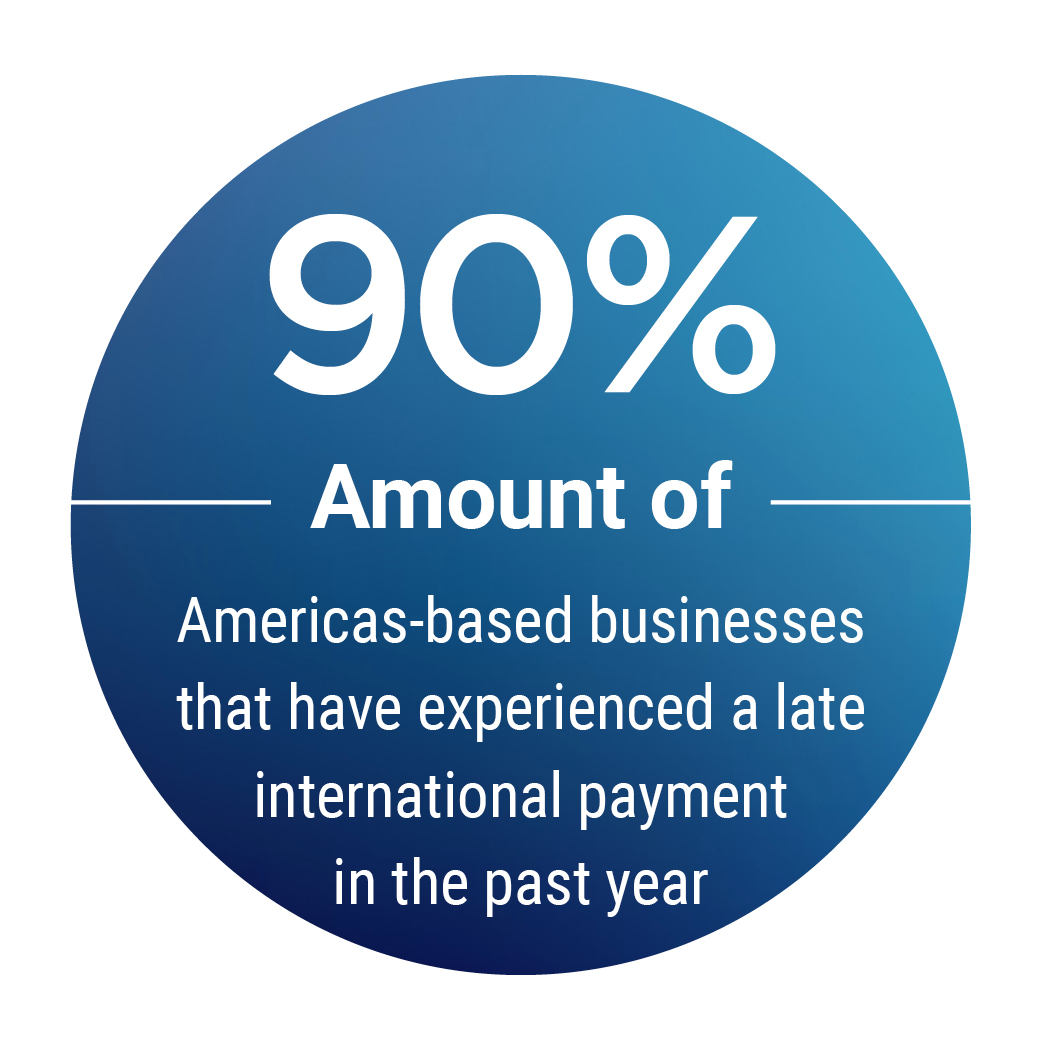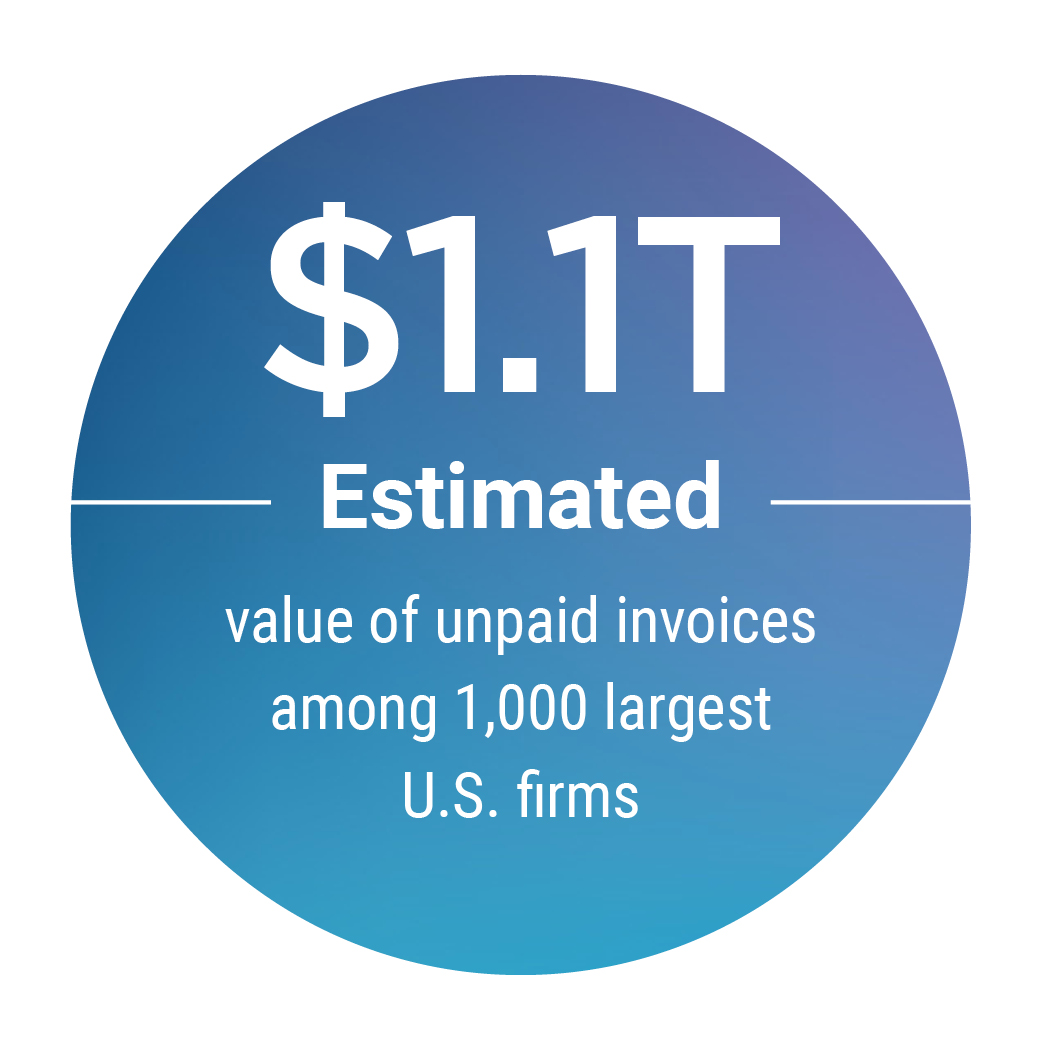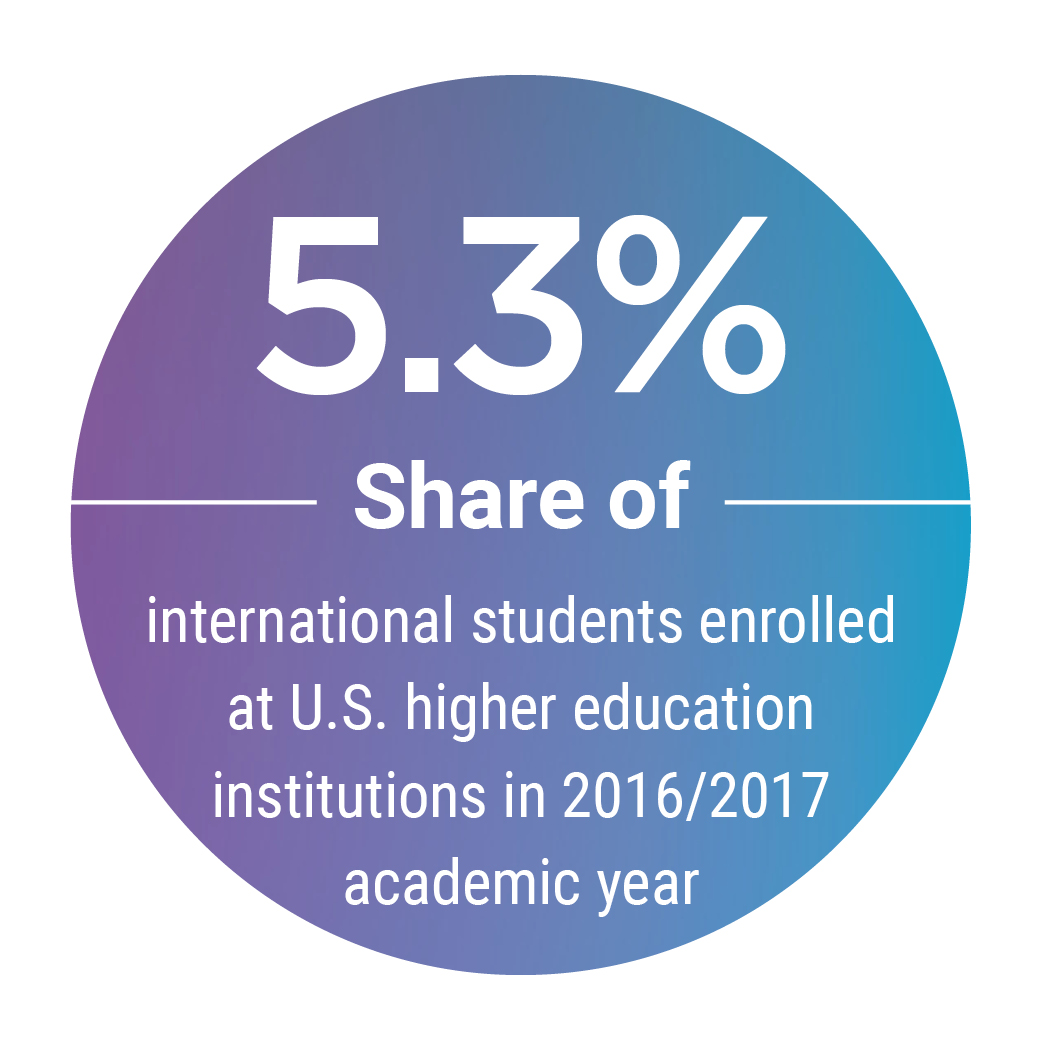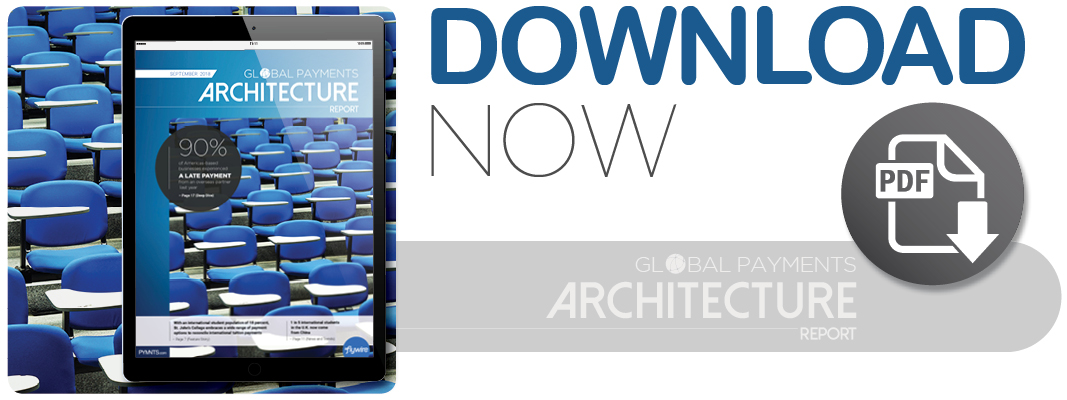NEW REPORT: Acing Overseas Tuition Receivables

One of the biggest anxieties for businesses participating in the global economy is the potential of late or (worse) non-payment from an international partner, which can cause cash flow issues and, ultimately, hurt the bottom line.
However, based on recent developments, changes could be in store for the way companies — that regularly engage in cross-border trade — make payments to each other. Recently, players in the space have launched new solutions designed to help businesses, and even higher education institutions, to more easily manage and reconcile payments.
In the new Global Payments Architecture Report, PYMNTS covers the latest efforts to crack down on problems with late and non-payments in a variety of different industries.
News From The Cross-Border Payment Space
 Several companies have recently launched solutions aimed at expediting the rate at which business’ gain access to their funds. That includes payment solutions provider MarketInvoice, which collects funds from the buyer within 24 hours of the invoice confirmation. It then enables sellers to have their funds deposited into their bank accounts for a small fee.
Several companies have recently launched solutions aimed at expediting the rate at which business’ gain access to their funds. That includes payment solutions provider MarketInvoice, which collects funds from the buyer within 24 hours of the invoice confirmation. It then enables sellers to have their funds deposited into their bank accounts for a small fee.
Another company working to help protect companies from the potentially harmful effects of late and non-payments is invoice solutions provider POM. The company’s solution aims to address frictions in the payment process by directly targeting customers and connecting them with digital-friendly solutions. The company claims that the availability of mobile and digital-first solutions will encourage customers to pay on time.
POM is not the only invoice solution company investing in mobile-first solutions to reduce payment frictions, however.
VersaPay, a provider of invoice and accounts receivables solutions, recently rolled out a mobile app for ARC, the company’s accounts receivable platform. The new tool is intended to help streamline the invoice payment process by providing a self-service portal and enabling corporate customers to view invoices, payments and credits from their mobile devices.
To read more on these stories and the rest of the latest news from around the space, check out the Report’s News and Trends section.
Deep Dive: Global Receivables Platforms
 To further streamline the invoice payment process, several companies are turning to receivables platforms to help process B2B payments. These platforms work to smooth the flow of payments by automatically matching invoice data with bank account information and enabling payments to be deposited directly into those accounts.
To further streamline the invoice payment process, several companies are turning to receivables platforms to help process B2B payments. These platforms work to smooth the flow of payments by automatically matching invoice data with bank account information and enabling payments to be deposited directly into those accounts.
In the Global Payments Architecture Report, PYMNTS explores how receivables platforms have the potential to ease frictions and reconcile payments in healthcare, supply chain operations and the international education market.
Lessons In Tuition Payment Reconciliation
The international education market has been on an upswing over the past decade. More than 1 million students from overseas enrolled in U.S. higher education institutions last year, a slight increase from the previous year. However, with rising enrollment comes the challenge of accounting for international tuition transfers, tracking and reconciling payments, and preventing outstanding debt.
For the September feature story, Chief Financial Officer Michael Duran of St. John’s College, a private liberal arts school where international students make up 18 percent of the total population, discusses the solutions used to address the reconciliation challenges posed by overseas tuition payments.
Sidebar: Reaching Globally, Thinking Locally
The automotive industry also faces its fair share of payment challenges, as multiple parts are often shipped globally to assemble vehicles.
The Haartz Corporation, a supplier of interior and convertible-top materials, is familiar with the challenges of the global supply chain, and has built an extensive worldwide footing to reach a large network of partners. Doug Haartz, the company’s international sales manager, and Matt Williams, director of business development, discuss how Haartz’s global footprint enables them to think locally in international markets.
About The Report
The Global Payments Architecture Report, powered by Flywire, examines how various players are enabling cross-border payments delivery and how these developments are transforming the education, healthcare, import/export and other B2B industries.
